Facebook has rebranded itself as Meta and last month chief executive Mark Zuckerberg announced the creation of 10,000 jobs to help build the ‘metaverse’ — a concept so radical nobody yet knows what it really is. People in the media tend to describe it as ‘a 3D version of the internet’. Facebook describes it rather vaguely as a network of ‘virtual spaces where you can create and explore with other people who aren’t in the same physical space as you’. Some suspect it might actually be hell.
The term metaverse first appeared in Neal Stephenson’s 1992 novel Snow Crash, in which future humans distract themselves from economic collapse by submerging themselves in a parallel virtual reality world. The contemporary meaning appears to be a little different. Rather than a simulation we tap into only for entertainment, like a VR game, the metaverse is what happens when that simulation and the real world merge entirely.
Imagine you’re out walking, enjoying the splash of autumnal light in the oak trees. You decide to show your friend the view. You call her, and, thanks to your augmented reality goggles, her lifelike hologram bursts into existence in front of you. She, meanwhile, is at home wearing a headset too and thanks to the metaverse ‘mirrorworld’ can suddenly see exactly what you do. The mirrorworld is a full-scale, real-time, three-dimensional digital replica of the entire planet, right down to the last millimetre, recreated by hundreds of thousands of drones and millions of microscopic cameras planted in every street (as well as in everyone’s headsets of course), all scanning and refreshing the landscape.
After admiring the sun-bright leaves for a moment, your friend wonders what the same landscape looks like in winter. Instantly, your headsets transport you back to a digitised blizzard from February. Then, waving your hand over a tree, you trigger a hyperlink that tells you all about oak trees or the exact location of England’s other oak woods… Brrrring! Your boss is calling. So you say goodbye to your friend, select a digital suit for your avatar that you bought the previous week with bitcoin, and boot up the mirrorworld of the office meeting room.
None of this exaggerates what Facebook — and other companies — have in mind. Our current experiments in virtual reality will, they believe, evolve into a sophisticated digital ecosystem, whose tentacles will poke back into our real world at every seam — headsets, phones, watches, headphones and smart devices of all kinds. We might do our supermarket shop virtually and then have products delivered by drone. We might overlay our cities with digital, clickable street art on every wall.
Over the course of any given day, we’ll find ourselves at a hundred different points on the infinite spectrum between the wholly virtual and the wholly analogue. We might dip into some simulated fantasy game populated entirely by digital alien creatures, then ‘bring back’ one of these creatures into our augmented ‘real world’, before ‘locking’ the creature temporarily in our TV while we take off our goggles to shower. Moving between the various levels of immersion will be seamless, to the extent that we’ll no longer think of the synthetic and the real as distinct realms.
There are technical hurdles, of course. In April, Zuckerberg tweeted that squeezing supercomputers inside glasses frames was the greatest challenge of our age — ‘the key to bringing our physical and digital worlds together’. But assuming such problems can be overcome, the metaverse promises (says Zuck) to spark a ‘fourth industrial revolution’: an almost endless range of new economic opportunities in the virtual realm.
Technological progress towards this goal is astonishing. Google’s Project Starline has already made three-dimensional holographic video calls a reality by using next-generation photo-booths. Nomoko is attempting to create an accurate ‘digital twin of the world’, using drones equipped with high-resolution cameras (Nomoko claims that just ten of these drones can map a city the size of Zurich in a single day). Microsoft’s Flight Simulator has already replicated whole chunks of the planet, including, according to the writer Matthew Ball, ‘two trillion individually rendered trees, 1.5 billion buildings and nearly every road, mountain, city and airport globally… all of which look like the “real thing”, because they’re based on high-quality scans of the real thing’. It also includes real-time ‘twins’ of actual weather conditions and commercial flights. As for fantasy worlds, Epic Games’s Unreal Engine is making photorealistic landscapes and human avatars possible at the click of a button.
But surely there’s still one insurmountable hurdle: no matter how good VR headsets get, won’t the digital realm always just lack the fundamental physicality of reality?
Here we are, admittedly, entering the realm of sci-fi — but there are at least two ways round the problem of physicality. The first involves specially designed machinery that acts as a physical substitute for the real thing. We’ve already seen crude attempts at mimicking contact over long distances, such as CuteCircuit’s ‘Hug Shirt’, and Lovotics’s ‘Kissenger’, which promises to replicate the thrill of a good snog by ‘imitating and recreating the lip movement of both users in real time using two digitally connected artificial lips’. Isn’t it possible to imagine, then, a graphene thin exoskeleton that simulates the warm throb of Mediterranean sun against our skin?
The second solution would be neural implants — perhaps something like Elon Musk’s Neuralink — that trick us into perceiving sensations that aren’t there: you and I might sit in the same virtual pub, each eating synthetic protein cubes that the chips in our brains trick us into believing are scampi from a shared platter.
Quite how far all this stuff can go depends on where you think the physical limits are. Is Google’s Ray Kurzweil right that, by the end of this decade, ‘normal eating’ will be replaced by nutritional ‘nanosystems’? Who knows? But it’s likely that the metaverse will revolutionise our lives long before then — and not, of course, all for the good.
Many risks are well-documented: the prospect of ‘fake’ avatars, digital stalkers, authoritarian surveillance states. But worst will be the dissolution of internal privacy. We tend these days to think of privacy in terms of data — who has the right to know what about us. But privacy has a second meaning: freedom from disturbance — having ‘peace and privacy’.
And it’s hard to see how even our innermost thoughts can be fortified against the metaverse. Author Patricia Lockwood once wrote: ‘If I look at a phone first thing, the phone becomes my brain for the day.’ Such a concern will soon seem a quaint relic from a time when the internet still existed on actual devices — physical objects we could pick up and put down, and even occasionally turn off. Before long, if metaverse enthusiasts are right, every cubic centimetre of the world will pulsate with digital information: hyperlinks, adverts, tips, reminders.
The writer Paul Kingsnorth likes to quip that ‘civilisation is three days deep’ — that is, it takes three days without technology ‘simply to experience the world around you with genuine human attention’. The metaverse would preclude such a possibility.
Opting out altogether, though, will likely prove impossible — as unthinkable as abandoning electricity is today. You couldn’t simply choose to visit an actual shop, because they wouldn’t exist. Why pay rent on a physical store when you can simply offer a virtual one and require customers to ‘try on’ digital replica garments? Purchases will be delivered by drone from warehouses.
Perhaps, nostalgic for the old days, we’ll live in augmented reality, in quaint virtual villages with virtual pubs, while around us, in actual fact, the unaugmented world becomes a sea of warehouses, server farms and drones.
Can such a fate be avoided? It’s hard to see how. Though it’s Zuck making the headlines, the metaverse is the organic result of millions of decisions all of us are making right now. We can only hope our individual human selves can somehow survive their absorption into the metaverse’s hive-mind.
Got something to add? Join the discussion and comment below.
Get 10 issues for just $10
Subscribe to The Spectator Australia today for the next 10 magazine issues, plus full online access, for just $10.
You might disagree with half of it, but you’ll enjoy reading all of it. Try your first month for free, then just $2 a week for the remainder of your first year.

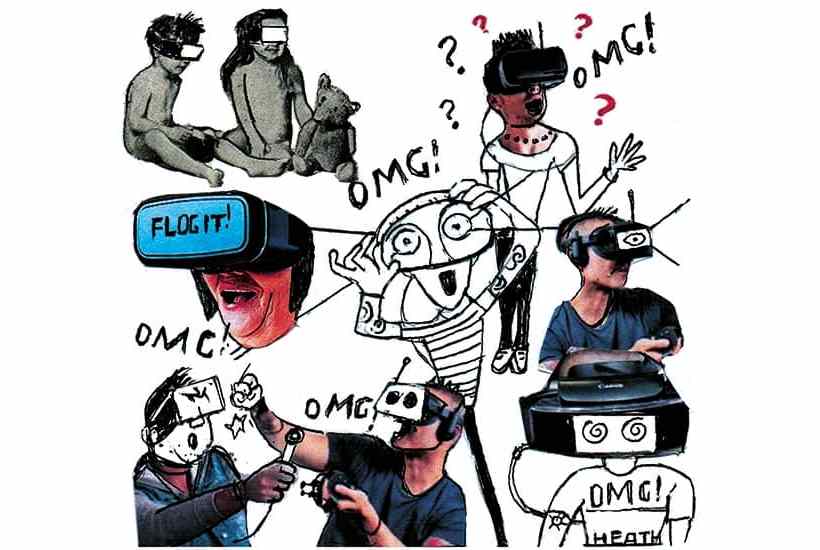
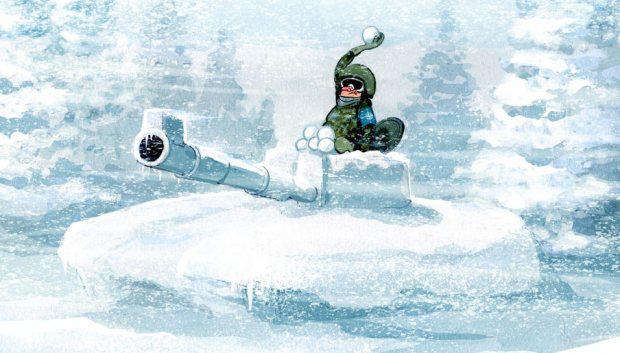
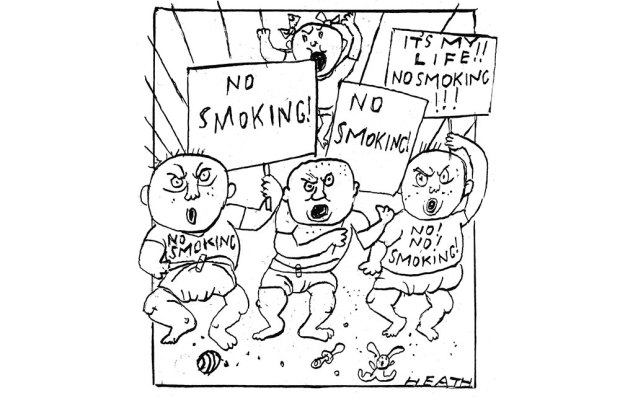


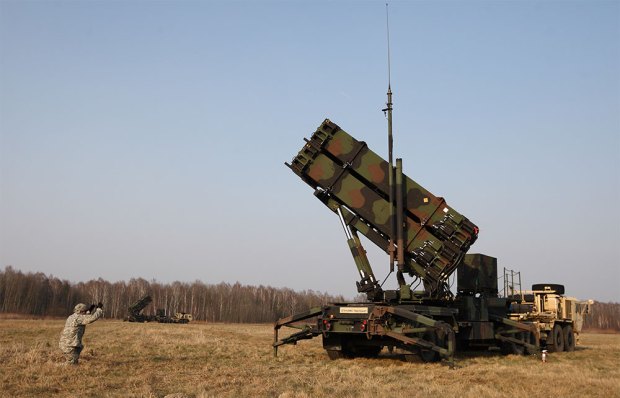
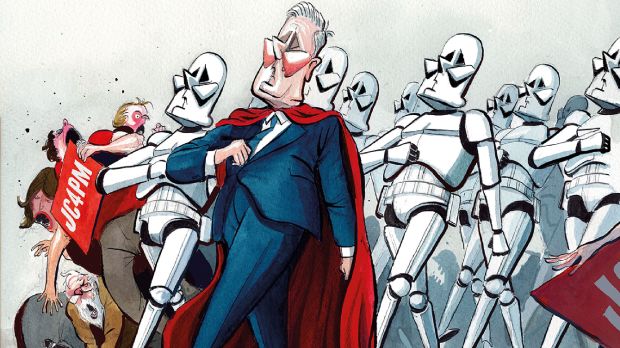






Comments
Don't miss out
Join the conversation with other Spectator Australia readers. Subscribe to leave a comment.
SUBSCRIBEAlready a subscriber? Log in